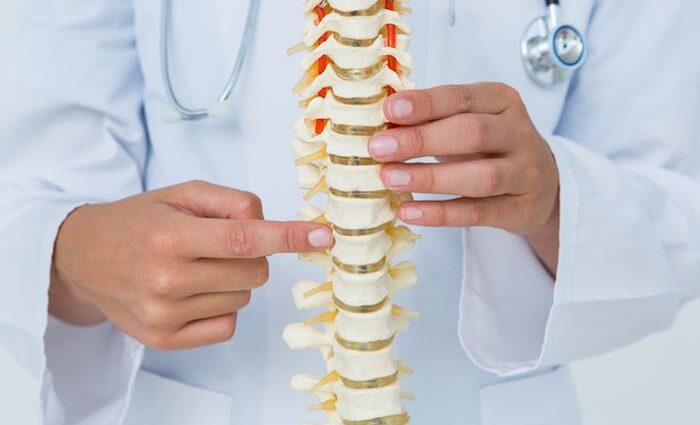Your body undergoes numerous changes as you age. It is hard to miss the noticeable changes that happen with every passing year. However, you might not be aware of the degenerative changes in your spine until you begin experiencing back or neck discomfort. Roswell spinal stenosis happens once the bony openings for your spinal nerves and/or the spinal cord start narrowing. This narrowing might compress the spinal cord and/or spinal nerves at various points along the spine. Here are 6 common signs and symptoms to look out for if you suspect your pain is from spinal stenosis.
- Neurogenic Claudication
Neurogenic claudication generally happens once the nerves in the lower back get compressed. With time, this concern might result in numbness and/or discomfort in your legs when standing, intensifying discomfort when walking, performing stretches, exercises, or other physical activities. Often, you will find relief from this discomfort once you rest or stop moving.
Unfortunately, there is a common misdiagnosis with vascular claudication, which is known for resembling neurogenic claudication. The surefire sign of neurogenic claudication is relief experienced once you lean your spine forward when performing simple activities like grocery shopping.
- Sciatica
Once the nerve roots along the lower back become compressed, you will experience some of the warning signs of sciatica. Most people describe it as a general weakness, and nerve discomfort often felt in one leg or the other. What part of your nerve root is affected will eventually determine what part of your lower extremities will be affected the most.
The discomfort manifests in most people’s back, thigh, and buttocks. However, it might be the leg, foot, or calf for other individuals. Moreover, patients will experience numbness, tingling, or weakness in the lower extremity.
- Foot Drop
Once the nerve roots are compressed within your lower spine, you might notice a condition known as “foot drop.” This concern might cause weakness, and difficulties in raising the foot upwards.
Besides, with foot drop, you might experience difficulty standing on your tip-toes. This condition can make you stumble and fall, which raises your risk of further injury or another health issue. Thus, it is important to seek immediate medical attention.
- Gait Problems
Gait problems might happen in several different regions along your spine. Lumbar spinal stenosis happens once there is a compression of the spinal cord or spinal nerves in the lower back region. This condition might subsequently cause gait issues, associated with foot drop, and weakness in the leg and thigh muscles, specifically within the quads and calves.
Gait problems might develop because of problems within the neck as well. If there is compression around the neck through cervical spinal stenosis, it might result in balance difficulties when walking.
- Radiating Arm Discomfort
Radiating arm pain generally results from cervical spinal stenosis, and might be mild to moderate, based on the severity. Individuals often report feelings of shocking or burning in the neck, arms, and/or shoulders. Sometimes, patients may also report tingling, weakness, and numbness.
- Loss Of Motor Function
Once you have spinal stenosis in your cervical spine, you might experience difficulties performing simple, everyday tasks like tying your laces. In more serious stages, you might be unable to write with a pen or hold a utensil steady enough to prepare a meal.
Spinal stenosis can be quite a serious condition if left untreated. Thus, it is vital to identify some of the warning signs early on to seek necessary care, and avoid anything from worsening with time. An accurate diagnosis by a professional is necessary to establish the underlying cause of your spinal stenosis. Based on the cause and severity, your practitioner might suggest nonsurgical therapies like pain-relieving meds, physical therapy, and activity modification. Occasionally, minimally invasive procedures like epidural steroid injections and even surgery could also be necessary.

